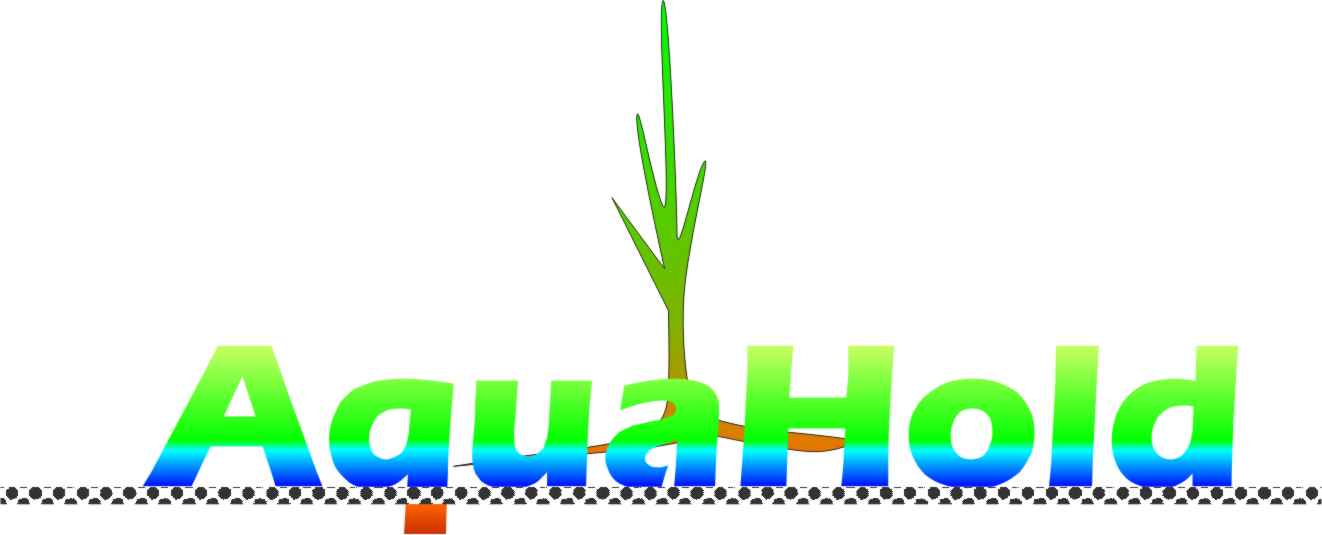|
|
||||||||||||||||||
|
15.05.2007 |
||||||||||||||||||
 |
|||
 |
|||
|
After the successful implementation of our Pilot Test plot in Dubai, Polymed also began laboratory experiments that would compliment AquaSoil. The Geo-Textile AquaHold plays an important role at the preparation of the ground for the implementation of AquaSoil. Normally, to prevent the rapid percolation of water through sandy soils asphalt layers are made as water barrier. Also layers of about 5cm clay can be used for this purpose. Using asphalt would cause the ground to be gas and watertight, which leads to various adverse side effects, including: Due to the tight barrier a marshy ground would be observed.
When we look at the advantages and disadvantages of using a layer of clay, it is clearly apparent that it has better advantages than asphalt/concrete , especially because such a barrier is more or less semitransparent for water and air, depending on the thickness of the layer. However, the advantages are only slightly better and the effects are nevertheless similar to the asphalt layers. Another disadvantage is the heavy weight of the clay, which has to be bought in countries with moderate climate with a high burden of transport expenditures. Furthermore the high capillarity of clay will support the ascent of salt water from deeper sections of the soil. More ideal is the Geo-Textile AquaHold, micro-coated with the everlasting fluoropolymer Solaflon®, with a very low surface tension of about 20mN/m and no side effects. Such a layer of AquaHold remains pervious to air, while still retaining the water, i.e. it allows the plants to breath and holds the excess water prior to usage by the plans. In case there is overload of water, AquaHold become also becomes pervious to water, because it is water repellent, but not watertight. A spacer layer between two AquaHold textiles will stop the capillary activity in both directions. In this respect the combination of AquaSoil with AquaHold is the only solution to prevent the raising of salt water from deeper sections under the soil. The AquaHold function is given if the used non-woven fabric is micro-coated with Solaflon N or A Liquid. It is not necessary to use a prepared felt. Any non-woven material can be sprayed at site with the unique Solaflon Liquid types to create the proper functions. Such a coating can be designed as hydrophobic = water repellent or neutral = water transparent. The hydrophobic behaviour is necessary if the phase separation between the perfect soil and the salty ground should be build up as described above. Also very important is the fact that the micro-coating with the fluoropolymer Solaflon increases the lifespan of the non-woven materials tremendously. Normal polypropylene felts are lasting in the hot soils of the Middle East not even 5 years, if the ground is kept wet with the necessary irrigation. The Solaflon micro-coating cannot be attacked by anaerobic processes what keeps the treated felts intact for more than 30 years. If the substrate is polypropylene (PP) just a physical wrapping of the filaments of the felt is possible. If polyester (PET) fibres are used to build up the felt,a chemical bonding from the coating to the filaments is possible with applying Solaflon A Liquid, what is improving the permanence. ® Solaflon is a trademark of Polymade ITT GmbH |
| [Home] [Deutsch] [English] [Illustrations] [Info] [Pilot Test 1] [Pilot Test 2] [AquaHold] [AquaHold Sandwich] [AquaHold +] [AquaProof] [Contact] [Links] |